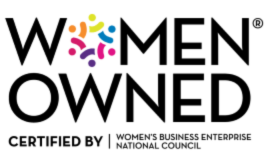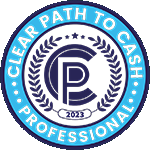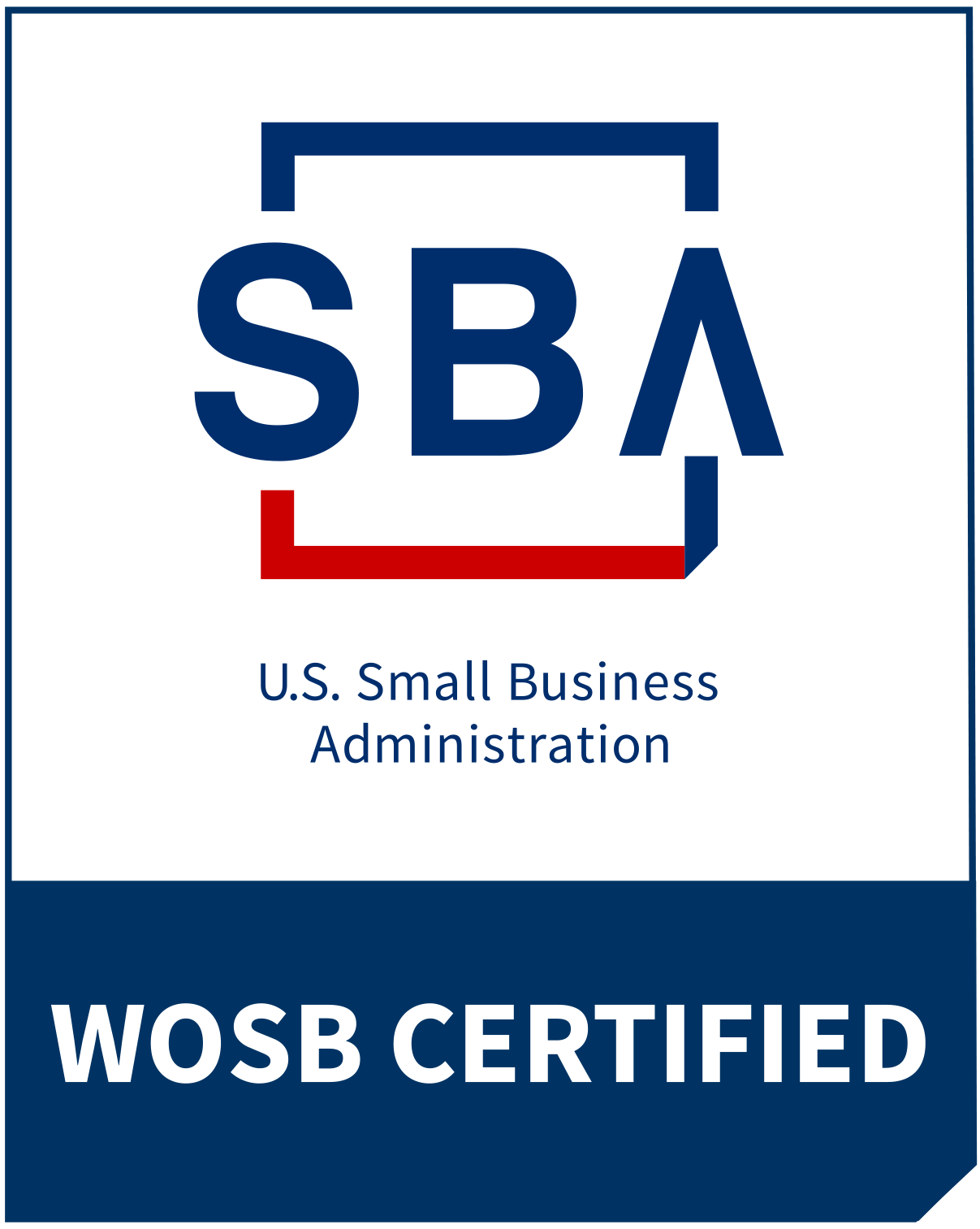Profit Isn’t Cash
Profit isn’t the same as cash flow. This article clears up the confusion and shows how better visibility leads to stronger business decisions.
When your business is growing, it should feel like progress. But what happens when sales are up, the work is nonstop, and your team is stretched, yet your bank account doesn’t reflect the effort?
If you’ve ever felt like you’re doing everything right and still can’t get ahead financially, you’re not alone. Financial confusion is more common than most CEOs admit, especially in fast-growing service businesses. And the root of that confusion often lies in one simple truth:
Profit does not equal Revenue does not equal Cash Flow.
They’re not interchangeable. And misunderstanding the differences can quietly drain your energy, your confidence, and your bottom line.
Let’s clear up what each one means and why knowing the difference is the first step toward fixing what’s not working.
Revenue: The Top-Line Mirage
Revenue is the total amount of money your business earns before expenses. It looks impressive on paper. It’s the number people celebrate. The 7-figure milestone. The headline on your website.
But revenue alone doesn’t tell the whole story.
A custom software studio might book $2M in client contracts for the year. But after paying delivery-specific costs like outside contractors, project-based software licenses, and freelance QA testers, they’ve already spent $1.2M. That leaves $800K to cover everything else, including their full-time team, operations, and profit.
Revenue is a starting point, not a success metric.
When you focus only on top-line growth, you can look successful while silently edging toward financial instability.
Profit: What’s Left After the Dust Settles
Profit is what remains after your expenses are subtracted from your revenue. It’s your net income. And while it’s a clearer indicator of business health, it can still hide problems if viewed in isolation.
Maybe your P&L shows a healthy profit. But where is it?
Why can’t you pay yourself this month? Why are you still delaying vendor payments?
Because profit on paper isn’t always money in the bank.
Here’s why: most accounting systems track profit on an accrual basis. That means revenue is recorded when a sale is made, not when the cash hits your account. Likewise, expenses are recorded when incurred, not when paid.
So you can look profitable while still having no available cash. And that’s where the most painful confusion kicks in.
Cash Flow: The Make-or-Break Metric
Cash flow tracks the actual movement of money in and out of your business. It’s not theoretical. It’s not future-facing. It’s what allows you to make payroll, cover rent, and invest in growth.
A profitable business can still have cash flow problems if:
Payments are delayedExpenses are paid upfront but revenue comes later
Money is tied up in unfinished projects
Clients are slow to pay or have long payment terms
Cash is the oxygen of your business.
When it runs out, profit doesn’t matter.
Take this example:
You book a $100K project and pay contractors $40K to begin work.
Your client pays in 60 days.You still have team salaries, rent, and software expenses due now.
The P&L may show profit, but your cash flow is negative. And the stress is real.
The Real Problem: Lack of Visibility
Most overwhelmed CEOs don’t have a financial education gap, they have a visibility gap.
They see the revenue. They might even check profit. But without systems that track and forecast cash flow, they’re flying blind. And when decisions are made on instinct instead of insight, things get risky.
This is where financial clues come in.
In Stop Growing Broke, we talk about cash clues that change everything. Things like:
A sudden spike in expensesConsistently late invoicesRework that quietly eats marginsRecurring cash crunches after big project launches
These aren’t random setbacks. They’re patterns. And when you start spotting the clues, you can fix the root issues.
But visibility doesn’t happen with more spreadsheets. It happens with simple, systematized processes that track what matters:
Standardized cash flow tracking (that you actually understand)
A documented billing and collections rhythm
A simple dashboard showing real-time runway, not just profit
Because clarity isn’t about complexity. It’s about knowing where to look
Why This Matters More Than Ever
In high-growth environments, financial confusion compounds fast. You start hiring faster, investing more, and taking on bigger clients without knowing if your profit can support the pace.
The result?
You’re profitable but still can’t pay yourself.Your team is working overtime, but margins are shrinking.You’re pushing for growth, but your cash flow is a guessing game.
That’s not just frustrating. It’s dangerous.
Because when you confuse revenue with profit, or profit with cash flow, you make decisions that put your business at risk.
The fix isn’t more hustle. It’s structural integrity.
Ready for a Better Way?
If this sounds familiar, take heart. You’re not bad with money. Your business just isn’t set up for financial clarity yet.
When you build visibility into your systems, everything changes:
You stop making guesses and start making confident decisions.You know when you can invest, when to pause, and what to fix.
You understand your numbers without dreading your dashboard.
Start with clarity. Build from there.
|
Want to Dig into the Details?
If you want more practical tools and systems to help you grow profitably (and sanely), you don’t have to figure this out alone. Join the email list at stopgrowingbroke.net and grab a copy of my new book, Stop Growing Broke, Start Growing Profits!
Related Posts

Technology Isn’t the Cure for “Growing Broke”





